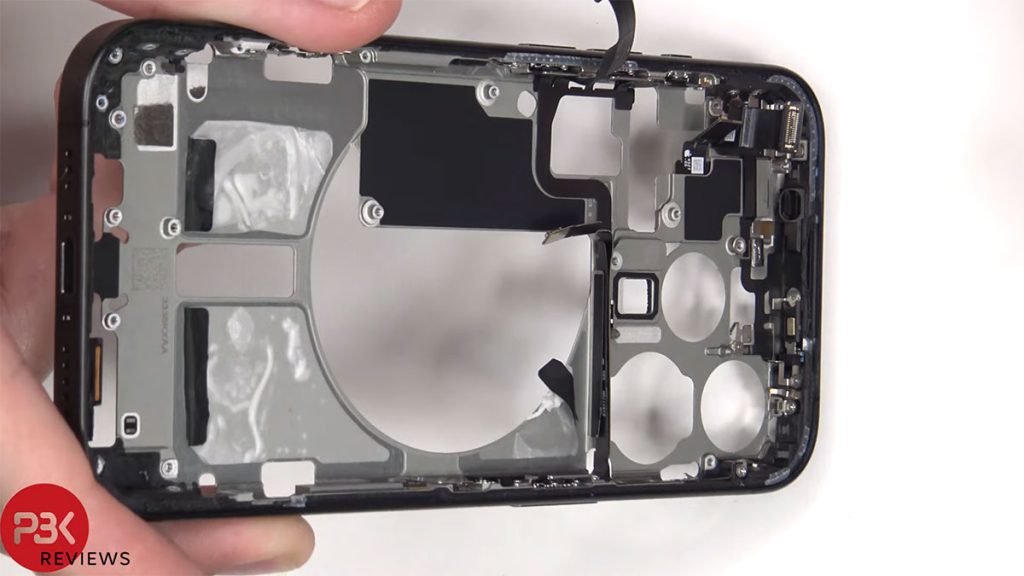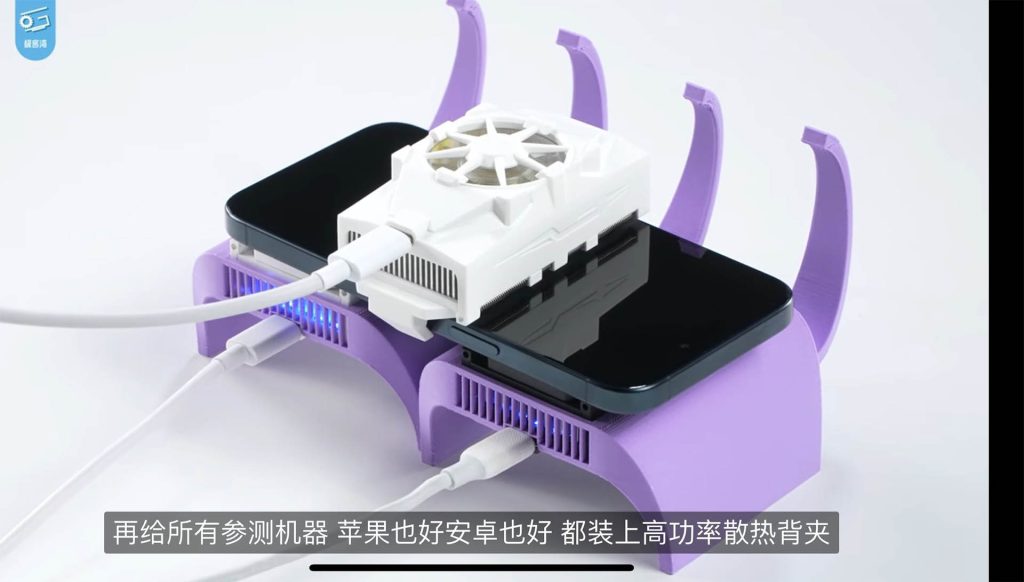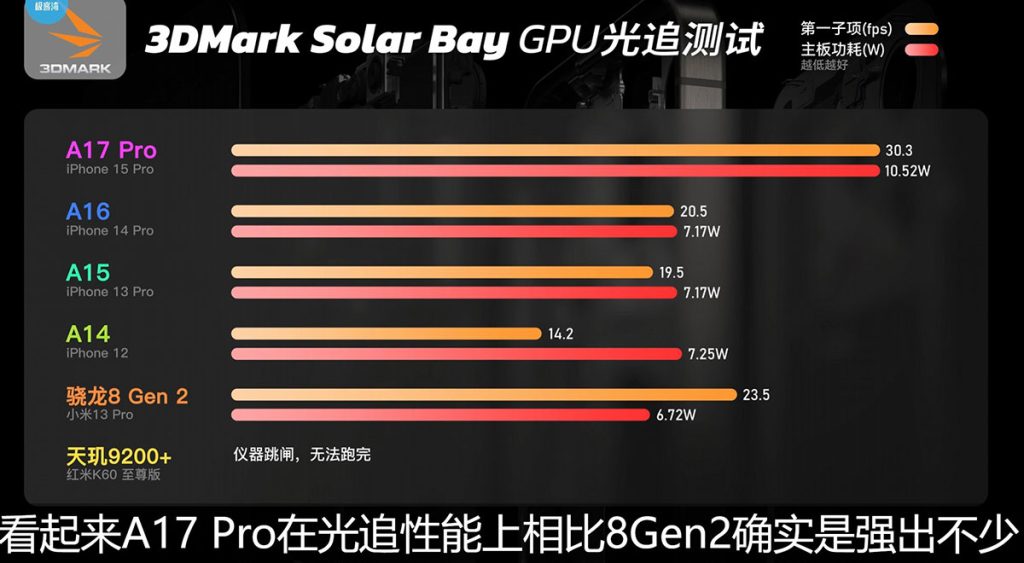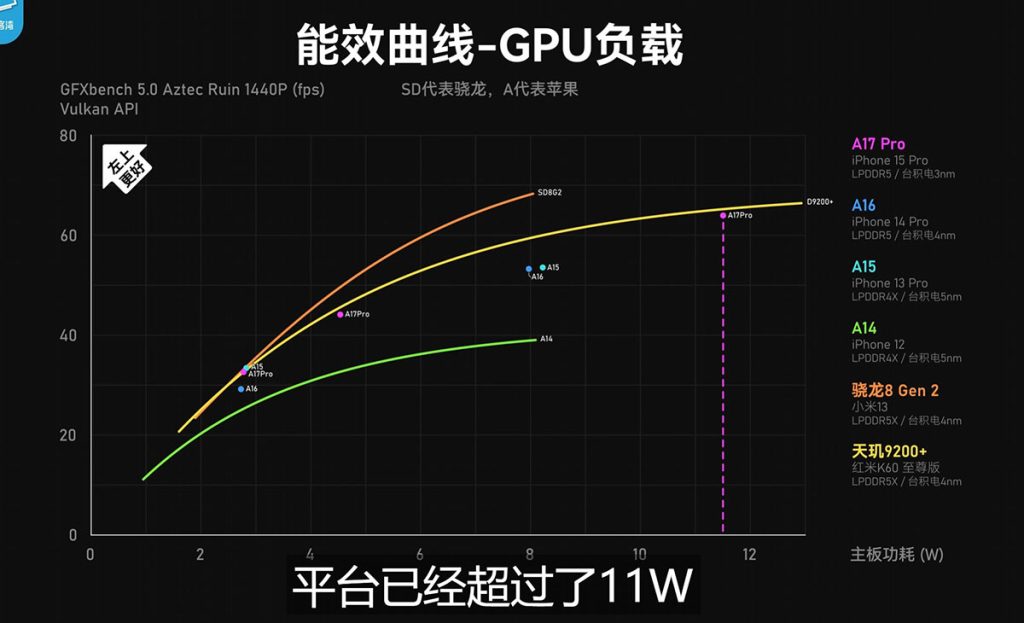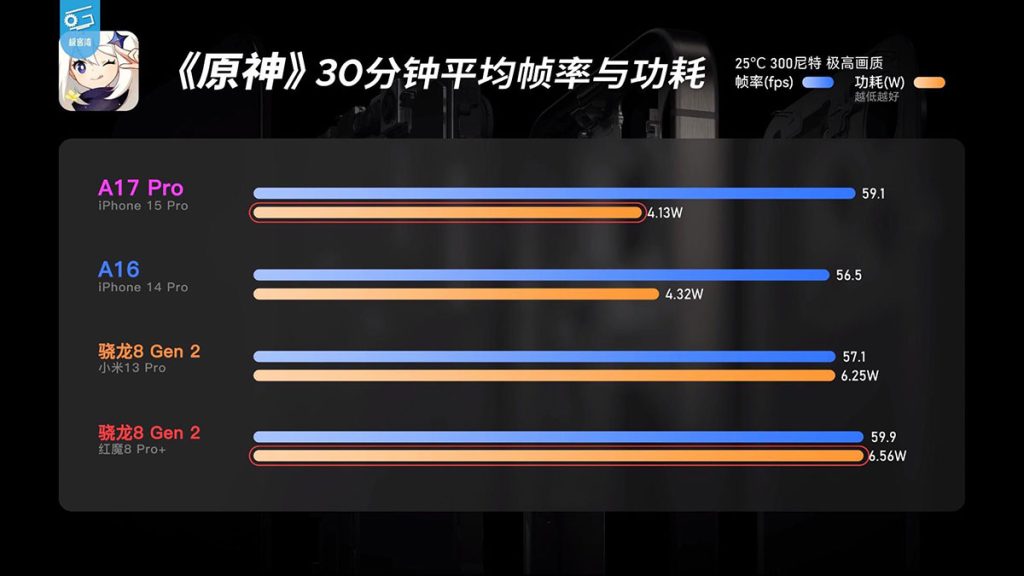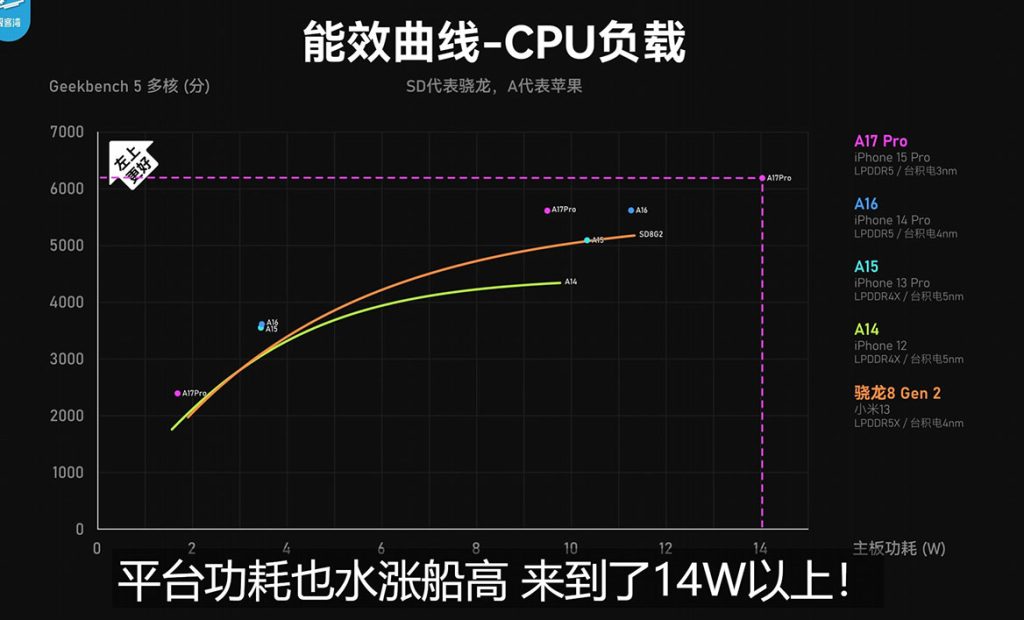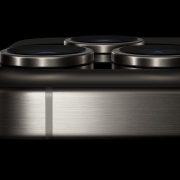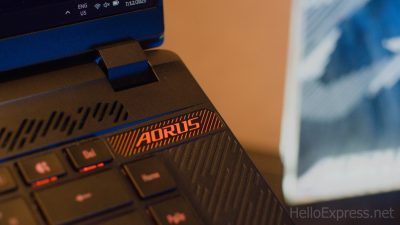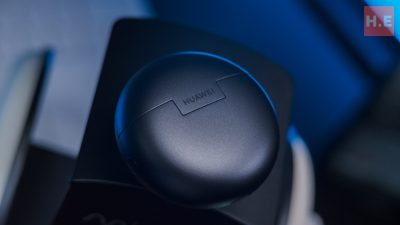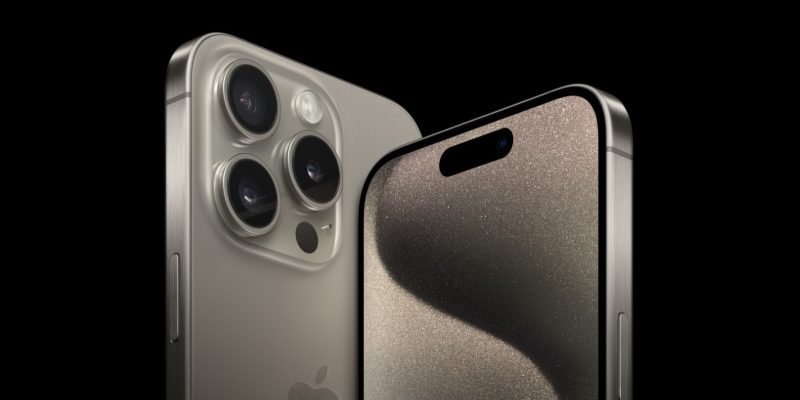
iPhone 15 Pro’s A17 Pro can run hot, guzzles power, but is more efficient!
As embargos lift worldwide on the reviews of the latest iPhone 15 series, the internet is now awash with information about the newest A17 Pro chips powering the iPhone 15 Pro. Aside from featuring the much-mentioned raytracing capabilities, the A17 Pro is also setting the bar of expectations for TSMC’s 3nm, as they are the first chips to roll off the Taiwanese chipmaker’s spanking new 3nm node. But…. things aren’t exactly looking great.
The iPhone 15 Pro Max hits 48°C, on the outside!
While the A17 Pro does pack a lot of power for a smartphone, Apple is also apparently somewhat hindering the full potential of the chip. An iPhone 15 Pro Max was tested by Geekerwan and hit 48°C at a hotspot on its back while playing Genshin Impact in a 25°C room. This is quite bad, but once you watch the teardown of the iPhone 15 Pro by PBKreviews, you can sort of understand why.
Apple has yet again not used any vapor chambers that its competition are, and the results kinda show that they should have gone with one. If you look back at the thermal image above, the heat is really concentrated in one spot. That tiny graphite sheet is just not going to spread the heat out effectively enough, and the iPhone does throttle quite significantly, which is not all that surprising.
Peak performance of the A17 Pro is nothing short of amazing. The iPhone 15 Pro Max plays Resident Evil Village with better FPS than the Steam Deck, albeit for a limited time. It then throttles down to even below the A16 Bionic, before recovering its position ahead of the A16 Bionic when the older chip invariably throttles as well. Part of the reason why this happens is because the A17 Pro has a rather high power limit of around 10W, versus the A16 Bionic’s 7W.
And oh, those high Geekbench 6 scores you saw online? 2,999 single-core and 7,779 multi-core? Geekerwan achieved those with an external cooler, essentially meaning that you will never see those scores in normal usage. Not like you would really need that much performance in day-to-day usage anyway.
High power limits: 14W for CPU, 10.5W for GPU
With so much focus on gaming performance, it somewhat sucks that all the performance is only achieved when the A17 Pro is feeding its GPU with 10.5W, which is total unsustainable given the rudimentary thermal design of the iPhones. According to Geekerwan’s 3DMark Solar Bay tests, the A17 Pro draws 10.52W to deliver 30.3 FPS, versus the A16 Pro’s 7.17W to deliver 20.5 FPS.
If we’re to refer to Geekerwan’s GFXbench 5.0 charts, you aren’t getting any efficiency improvements here, just more performance with more power consumption. Efficiency wise, we actually see the Snapdragon 8 Gen 2 pull ahead of the A17 Pro, which is somewhat surprising. It might be that Apple has not really optimized the A17 Pro for Vulkan, since they prefer to rely on their Metal API.
As the iPhone 15 Pro series do not really have any cooling improvements versus the iPhone 14 Pro series, when coupled with the higher power limits, throttling is inevitable. The upside is that you get very good burst performance, which is something that Intel will tell you is more important than sustained performance. And for smartphone usage scenarios, it is often true, unless you are gaming.
Efficiency improvements(?)
The above scenarios are mainly seen in benchmarks and applications, but in reality, the A17 Pro is seemingly more efficient, especially when tested in Genshin Impact. The iPhone 15 Pro posts an average FPS of 59.1 FPS, with a power draw of just 4.13W. This beats all the other recent flagships, including the Snapdragon 8 Gen 2 which draws in excess of 6W to deliver similar performance. I presume this is due to a difference in API as well, which means that gaming workloads, may in fact enjoy better efficiency from the A17 Pro vs SD8G2.
The CPU performance and efficiency improvements are quite noticeable as well. We are getting higher CPU performance (Y-axis) across the board versus the Snapdragon 8 Gen 2 at all wattage levels (X-axis), which indicates improved efficiency, but the peak power of 14W is also scarily high for a mobile chip, especially one with as little cooling as the iPhone 15 Pro series.
However as the CPU and GPU can boost much higher, we will potentially not see any battery life improvement, especially if you’re using your iPhone 15 Pro for power-intensive workloads like ProRes recording, for example.




